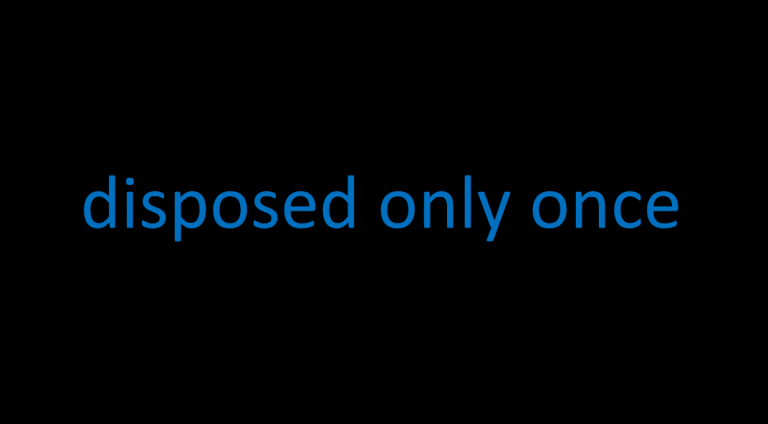

Action pushContentAction = (outputStream, content, context) =>.FileInfo fileInfo = new FileInfo(fullFilePath).private HttpResponseMessage GetPartialContent( string fileName, long partial)./// Reads the partial content of physical file.public HttpResponseMessage DownloadFile( string fileName).So let's modify the controller and add some checks to receive the RangeSpecific requests and treat them specially. Since the DownloadController doesn't know about the request if it's a Range specific. So if you try to run the application with the default downloader and the client then you'll always get the complete file. This will actually read the file from file system and if it's not fully downloaded then send the request from the last byte of the file. smRespStream = httpWebResponse.GetResponseStream().httpWebResponse = () httpWebRequest.GetResponse().httpWebRequest.AddRange(( int ) existLen).System.IO.FileMode.Create, System.IO.FileAccess.Write,.System.IO.FileMode.Append, System.IO.FileAccess.Write,.saveFileStream = new System.IO.FileStream(destinationPath,.

System.IO.FileInfo fINfo = new System.IO.FileInfo(destinationPath).

#Fileshare readwrite download#
So when we send a request to download a file then it'll look something like this. We have a method, say DownloadFile in it. Let's say add a DownloadController in the contollers folder. So first you can start creating a simple ASP.Net WebAPI project. Jeff Fritz wrote a nice article on this discussion. If you're thinking to write the HttpHandlers at this moment then I should tell you that "Controller are new Handlers in WebAPI".
#Fileshare readwrite code#
If we do need to write the custom code to handle the partial requests. We cannot send the partial request directly to the Controller. Now in this case the scenario will change. I have a ASP.Net MVC WebAPI that is actually serving me the file based on the query parameters. Now, let's return to the business why we are discussing all this stuff. If you want to learn more about the range specific request in the HTTP protocol then you can have a look at the HTTP Spec. Last-Modified: Mon, 18 June 2013 09:15:20 GMTīinary content of data.zip from byte 500,001 onwards. Now let's look at the response of this request.Ĭontent-Range: bytes 22234-62887922/62887923 Otherwise if a value is provided then it'll read that portion only. If nothing is specified in the To part then it'll read the file to the end and write it in the response. It basically follows the format, for example Range. Here if you observe, the Range header has the value specified in Bytes with –. Let's have a look at the partial content headers how they look like when a request is made for them. If this attribute is not present in the response or has a value none then the server won't accept the partial content request.

If this attribute is present with value bytes then that means the client can request the partial content to download. So if you want to know that if the server is available to serve the partial content then look at the attribute: Now if you check the response then It'll look something as in the following:Ĭontent-Type: application/x-zip-compressed When you send the request the first time you'll see the Request head will contain information something like this: Before sending the request you can run fiddler to trace your request and response. For example, you want to download a file, say data.zip. So let's use the simple case of when you try to download a file from the server, what a header actually contains in a request and response. Before we jump to the main discussion we'll look at some basic things. Then we'll see if you can do it via WebAPI.
#Fileshare readwrite full#
In this article we'll talk about downloading the full and partial contents of a file from a server.


 0 kommentar(er)
0 kommentar(er)
